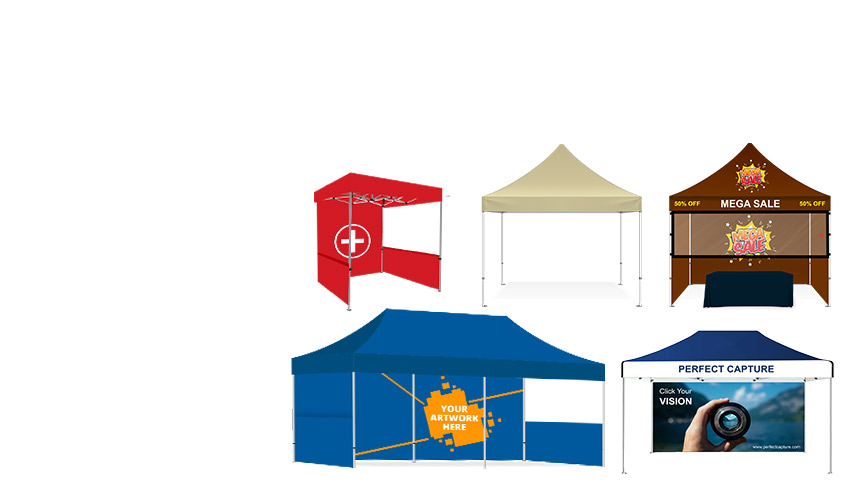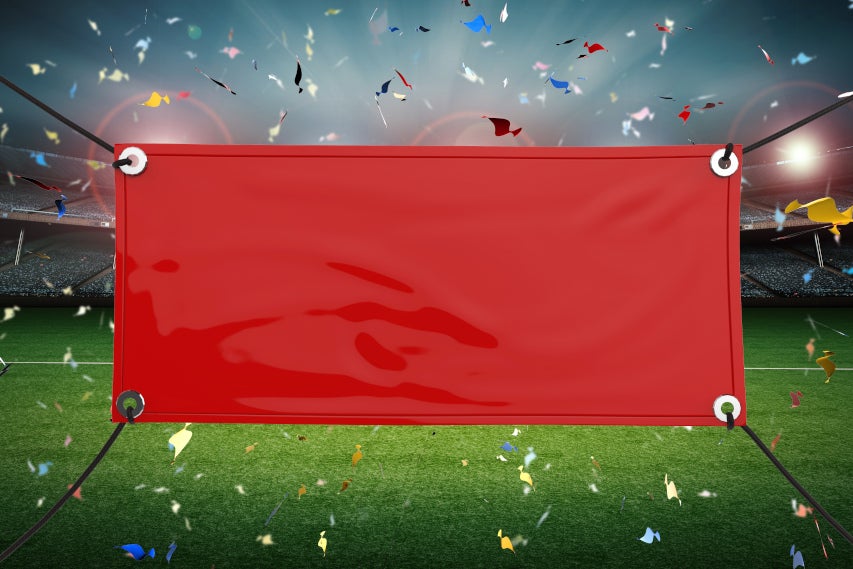If you own a retail store and wish to attract passersby into your shop, it’s imperative that you enhance the in-store experience for customers to entice them to purchase a product from you in person.
If you run a small-scaled store, you might be on a tight budget and might be looking for cost-effective tips. While several methods create a memorable in-store experience, not all of them are equally effective or easily implemented.
Here are five optimum ways to help improve your in-store experience and deliver quality to your customers for a higher retention rate:
Train your Salesperson to be More Friendly
While you must check certain boxes like decent in-store technology, well-trained staff, ambient lighting, and more, you should also lay absolute emphasis on the fact that your salespersons are the most crucial assets of your store.
Merely training your employees on your products, store policies, and the floorplan is not enough to stay competitive. You must train your salespersons to relate better to buyers. They should be able to connect with customers wisely and amicably.
Your associates must give insightful advice to shoppers not just from a sales perspective but as a friend who ensures that they get the best value for their buck. Strengthening relationships with your customers to make them feel comfortable while strolling through the store or consulting salespersons is, therefore, incredibly important.
Gather Insightful Customer Feedback

One of the best ways to learn about your strengths and shortcomings is to gather meaningful customer feedback. This insightful data reveals the level of satisfaction your customers have with your products and services.
Feedback regarding marketing campaigns can be highly valuable since you can learn what is working in terms of promotion and what isn’t. This way, you can call off poorly performing campaigns and pool resources into the ones bearing fruit.
Besides, with the digitization era, there are dozens of ways through which you can acquire customer feedback without any hassles:
- Periodic feedback surveys that you can send to your customers via email.
- Follow-up emails to your buyers after each purchase, asking for reviews or offering discount coupons on their next purchase.
- Social media monitoring by evaluating parameters such as the number of likes, shares, and comments, positive or negative.
- Quick SMS surveys to gather feedback even when customers are on-the-go.
Bring Social Media to Your In-Store Experience
People are expressive about the experiences they had with a brand on social media platforms like Instagram, due to which IG-friendly museums, backdrops, flower walls, etc., have become popular. Enhancing the visual appeal of your store will encourage customers to post it on social media.
For instance, you can assemble a seating area with a beautiful backdrop for visitors to click photos for social media. You could also set up art installations for buyers to capture photographs with. The primary idea is to launch an IG-friendly initiative to keep people talking about your store even after leaving it.
Yet another fruitful implementation is to localize your store experiences and have them tailored to the community. You could also change your store’s aesthetics based on festivals and seasons to entice passersby to walk in and post about it on social media. You can ask them to follow your brand and use certain hashtags to spread the word in exchange for discount coupons or something similar.
Provide a Hands-On Experience

Don’t just let your items collect dust while sitting on the shelves—instead, provide hands-on experiences to your customers to let them try the product for themselves. This approach unlocks numerous ways to present your products in unique ways.
For instance, if you own a toy store, you could let adults or children have hands-on playtime with board games and other fancy toys. This approach stirs up an impulsive purchase trigger where buyers feel enthralled by new products and are convinced to buy them.
Allot a separate space in the store where people can have such experiences with your products. Besides that, you can also organize events like classes and tournaments to stir up the mood.
Combine Your Physical and Digital Outlets
With advancing digitization, it’s imperative to have an online presence like a website, social media page, or e-commerce store. You can significantly enhance the in-store experience by integrating your physical and digital outlets, promoting convenience.
While shopping in-store, customers also use their phones or tablets to look up a product online that they just saw for a better price.
To mitigate the risk of losing your customers to e-commerce platforms, have an online presence on different channels and provide them with links to your own e-commerce store. Use visually appealing flags or banner stands to spread the word about digital integration in your retail store.
Here are two ways through which you can accomplish such a feat:
- Click-and-collect
Click-and-collect is a service where buyers purchase a product online and pick it up themselves in person. This idea is convenient for customers and drives traffic and sales to your physical stores. According to the International Council of Shopping Centers, 69% of shoppers who opted for click-and-collect ended up purchasing more items upon their visit to the store.
- Website in-store Integration
Let shoppers browse your e-commerce store while in your retail store if you have multiple brick-and-mortar stores or warehouses and have limited stock for display.
This approach lets shoppers browse products that might not be present on-site. If they come across an item not on display, you can have them order it from your store and have it shipped to them.





























 Posted in
Posted in 







